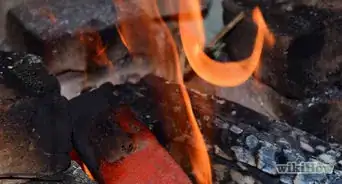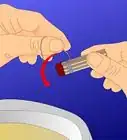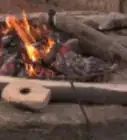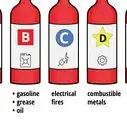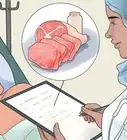wikiHow is a “wiki,” similar to Wikipedia, which means that many of our articles are co-written by multiple authors. To create this article, 42 people, some anonymous, worked to edit and improve it over time.
The wikiHow Video Team also followed the article's instructions and verified that they work.
This article has been viewed 750,068 times.
Learn more...
When it comes to starting a fire, matches are one of the oldest and most reliable options around. Matches use the heat created from rubbing against a rough striking surface to ignite a small amount of flammable fuel. While matches are generally an easy, safe way to start fires, knowing a few different ways to light them can be a helpful skill if you're ever stuck with an unfamiliar type of matches. Once you master the basics of lighting matches, you can even learn how to strike them on many different surfaces as a useful trick!
Steps
Match-Lighting Basics
If you already know how to light matches normally and want to learn a few fun lighting tricks, click here.
Wooden Matches
-
1Grasp the match firmly at its midpoint. Use your your pointer (index) finger and your thumb to hold the match about halfway down the wooden stick. You can gently wrap your other fingers around the base of the stick for support if needed.
- If this is the first time you've ever tried to light a match, stick with wooden "strike on box" matches for now — these are generally the easiest to light for beginners. Once you get confident with these, you can move onto paper matches and "strike anywhere" matches.
-
2Press the match head into the striker. Look for a rough red or brownish strip on the side of the box. This is called the "striker." Hold the box in the hand you're not using to hold the match and press the match head (the round, colored part at the end) into the striker without moving it to either side yet.Advertisement
-
3Quickly drag the match head along the striker. Without letting up the pressure, quickly slide the match head from one end of the striker to the other. This motion should be quite quick and hard. It's almost as if you're trying to rub the match head material off in a single rough motion. If you do this right, the match head will immediately catch fire, so don't be alarmed when this happens!
- The exact amount of pressure you'll need to light the match here will vary from match to match and striker to striker. There's a "happy medium" between pressing so hard that the match breaks and pressing so gently that the match doesn't light. Within a few tries, you should get the hang of it.
-
4If needed, try again. Matches don't always light on the first try. Don't worry if you don't get a flame immediately: simply repeat the striking motion again until you get a result. You may want to use a little extra pressure if you're worried that you were too gentle the first time.
- After a few unsuccessful attempts, the flammable material in the match head (usually a mixture of potassium chloride and red phosphorus) will rub off.[1] If this happens, try striking with the other side of the match head.
-
5Hold the lit match away from the matchbook. You will know as soon as you light your match successfully. It will smoke and burst into flame almost instantly. At this point, grip the match near its base to protect your fingers from the flame and use the match to do whatever you need to do. Set the matchbook aside somewhere safe so that you don't accidentally catch it on fire. Congratulations — you've just lit your first match!
Paper Matches
-
1Tear a single match from the booklet. Paper matches almost always come in small cardboard fold-over "book" — slip the flat piece of cardboard up to reveal a handful of small paper matches joined to the booklet at their bases. To get a match ready to light, grab one of the matches, fold it so it points away from the others, and tear it out at its base.
- Paper matches are a little harder to light than wooden matches, but with a little practice, they're easily mastered. Don't worry if you have to try the tricks in this section several times until you find a method that's right for you.
-
2Hold the match flat against the striker. There are a few different ways to light paper matches, but the easiest is a little different than the way you'd light a wooden match. Start by laying the match down over the striker (which is usually a small colored strip on the back of the matchbook). The head of the match should be in about the middle of the striker and the base of the match should stick out a little past the edge of the booklet.
-
3Fold the paper flap over to cover the match. Without moving the match, bend the "cover" of the matchbook backward and fold it over the match. You should only be able to see the base of the matchstick poking out of the side of the matchbook. Feel for the round match head underneath the cardboard. Grab the matchbook here, putting gentle pressure on the match head through the cardboard with your thumb.
- Try to keep the match head well-covered by the cardboard cover. If the edge of the match head is exposed when you strike the match, you can burn your thumb.
-
4Squeeze and pull! Grab the base of the match that is sticking out of the folded matchbook with your dominant hand. Use your other hand to hold the booklet, pressing down on the match head. In one quick motion, squeeze down on the match head as you pull the match out of the booklet to the side. If done correctly, the friction between the striker and the match head should ignite the match head as you yank it out.
- As with wooden matches, the match can sometimes fail to light even if you do everything. Be ready to try repeating the steps above a few times. If you don't get any results, flip the match over to expose the other side of the match head to the striker.
- Be careful — if you squeeze the matchbook too hard, you can tear off the match head when you try to light the match. This wastes the match, so try to avoid it if you're running low.
-
5Alternatively, try lighting the match without folding the book. You can also light a paper match without squeezing it between the matchbook cover and the striker. This is a little trickier for beginners because it's easier to burn your fingers this way, but it is slightly quicker. To try this method, use these steps:
- Hold the match in your dominant hand right with your thumb and middle finger. Put your index finger behind the match head. Hold the matchbook in your non-dominant hand.
- Press down with your index finger and drag the match across the striker strip in a single quick motion — roughly like how you'd light a wooden match.
- As soon as you notice the match light, move your index finger away from the flame or transfer the match to your other hand. You have to do this quick to avoid burning yourself.
Match-lighting Tricks
-
1For best results, use "strike anywhere" matches for these tricks. You don't have to use the included striker to light most matches — as long as you build up enough friction to heat up the match head, you can strike many matches almost anywhere that's dry. However, this is usually easiest if you use strike anywhere matches. As their name suggests, these matches are designed to light well on various surfaces.
- Strike anywhere matches are usually wood matches identified as such on the packaging. They are not especially expensive: a 250-match box may cost as little as $2.[2]
- Strike anywhere matches only work on dry surfaces.
-
2Try striking on a rock. This trick is a must for campers, hikers, and anyone else who might want to improve their wilderness survival skills. For best results, you'll want to find a flat dry rock with a slightly "rough" or abrasive surface. The texture should be similar to sidewalk concrete. As noted above, the rock also must be dry. If you can't find a dry rock, find a suitable wet rock, wipe it on your clothing, and carry it in your pocket for a few hours or set it somewhere dry.
- Hold the match between your middle finger and thumb and use your index finger to press the head into the rock. This is the same technique you'd use to light a paper match without folding the cover over. The rougher the rock's surface is, the lighter you'll want to press to hit the friction "sweet spot" for lighting a flame.
-
3Try striking on rough building materials. If you're still in civilization but stuck without access to a match striker, you can usually use the materials around you in a pinch. Simply strike the match the same way you would if you were using a normal striker or a stone, using less pressure for rougher materials. For this to work, however, the material you use must be completely dry. Just a few possibilities for materials to use include:
- Concrete
- Grout (between tiles, etc.)
- Brick
- Ceramic
- Keep in mind that striking matches can leave small marks on whatever material you're using, so you may not want to do it on other people's possessions.
-
4Sandpaper. This trick is handy when you're caught without a matchbook in the garage or workshop. Very fine finishing sand papers work best for this — rougher Sandpaper can rub the match head off without lighting it. Simply lay a small patch of the sandpaper on a flat surface, then press the match head into it and drag it across just like you'd use a normal striker.
- Never light matches around dry wood shavings (which are common in many places sandpaper can be found). This highly flammable material can easily start fires.
-
5Try cautiously striking on your zipper. This is great as a party trick, but it's something you'll want to attempt carefully to avoid hurting yourself or others. Open the front fold of your pants to expose the zipper. Use one hand to stretch the fabric of your pants so that the zipper is as straight and flat as possible. Hold the match in your other hand, press it into the top of your zipper, and strike downward with light pressure. This can be very tricky to get right, so don't be surprised if it takes many tries.
- Always strike down towards the floor, not up towards your body. This way, if you lose control of the match, it will fall to the floor, rather than flying into your shirt.
- Only attempt this if you are wearing pants made from a sturdy, thick material like denim that is unlikely to catch fire. Do not try this when you are wearing shorts or open-toed shoes.
-
6Try striking on a window. Believe it or not, even perfectly-smooth glass windows can light matches. You need to use a good amount of pressure for this method, so try putting your index finger right behind the match head so you can squeeze it into the surface of the glass with a little extra force. Press the match head into the glass, then draw it quickly downward in a single quick motion, keeping strong pressure behind it. Move your index finger away from the match head as soon as it lights to keep from burning yourself.
- This can leave streaks on the window, so you may not want to do this on a window where people are likely to notice it. However, the streaks can usually be washed off without problems.
-
7For an extreme challenge, try striking on your teeth. This trick is sure to get the attention of people around you, but only attempt it if you're willing to protect yourself and others with plenty of common sense. First, get the fronts of your teeth as dry as possible with a clean rag or paper towel. Then, holding the tip of the match head against your teeth, whip it across them while applying firm pressure. Hold the match away from your mouth immediately, even if you don't think you've lit it successfully. Wash your mouth out with water when you're done.
- Another variation on this trick involves holding the match behind your front two teeth and pulling it down and out.
- It should go without saying, but this trick requires lots of caution to pull off safely. It is very possible that you may burn your mouth and lips with this trick. Repeated attempts are not recommended, as the effects of the chemicals in match heads on the teeth are not well known.
Holding The Lit Matchstick
-
1Hold the match at a slight downwards angle to keep the flame burning. As a general rule, fire burns best when it can travel uphill. This is true even on a very small scale. Holding a lit match so that it points very slightly towards the floor will give it a gentle uphill path to travel as it consumes the matchstick.
- This keeps the flame burning bright without having it travel towards your fingers too fast. You can always adjust the angle of the match upward to slow down the flame if you need more time.
-
2Hold the match at a very low angle to get a big flame. If you want to get a big flame on your match as quickly as possible, try dipping the matchstick downward for just a second or two. The flame should travel up the stick fairly quickly, giving you a larger flame. However, this flame will also be hotter and closer to your fingers, so be very careful with it.
- Try to avoid pointing the matchstick directly downward. This will make the flame jump up the stick toward your fingers and is a great way to get burnt.
-
3Hold the match straight up for a small flame that fades. Holding the matchstick upwards will make it hard for it to consume the fuel in the matchstick. The flame will shrink and burn more slowly. Over time, it will either travel gradually down toward your fingers or go out on its own.
-
4Be aware of the wind. Be careful for breezes if you are lighting your match outdoors. These can blow your match out after it's lit, wasting your match. You may want to move to a place with no breeze or wait for the wind to die down before you attempt to light the match.
- If you have to light a match in the wind, a good trick is to shield the flame by putting your body and hands between it and the wind.[3]
Community Q&A
-
QuestionWhat type of sandpaper do I use?
 William JoseCommunity AnswerYou can use almost any sandpaper if done correctly, so more pressure for a finer sandpaper and less for a more coarse paper. I personally find it easier on a medium grit, so maybe about an 80 grit or even slightly higher or lower.
William JoseCommunity AnswerYou can use almost any sandpaper if done correctly, so more pressure for a finer sandpaper and less for a more coarse paper. I personally find it easier on a medium grit, so maybe about an 80 grit or even slightly higher or lower. -
QuestionHow can I light a stick with no materials?
 Community AnswerLightly wrap your strand of hair around the match and pull the match down. This will cause enough friction to light the match.
Community AnswerLightly wrap your strand of hair around the match and pull the match down. This will cause enough friction to light the match. -
QuestionDid men used to strike their stick matches on denim bib overalls to light them?
 Community AnswerYes, they did. Because old matches used to be made with red and white phosphorus, you could strike them on your teeth, fingernails, or a pair of denim overalls pulled tight to your leg.
Community AnswerYes, they did. Because old matches used to be made with red and white phosphorus, you could strike them on your teeth, fingernails, or a pair of denim overalls pulled tight to your leg.
Warnings
- Matches are still quite hot after you blow them out. After using a match, run it under water to be certain that it will not light anything else on fire in the garbage.⧼thumbs_response⧽
- Never, ever light matches around flammable materials like fuel, kindling, chemical solvents, and so on.⧼thumbs_response⧽
- Always be aware of your surroundings when lighting a match. Don't light them near children, pets, or anything else that may be vulnerable to an open flame.⧼thumbs_response⧽
- Do not let children handle or play with matches.⧼thumbs_response⧽
- Always strike away from your body or in a downwards position.[4] You don't want to accidentally hold a lit match close to your body.⧼thumbs_response⧽
References
- ↑ http://depts.washington.edu/chem/facilserv/lecturedemo/MatchHeadReaction-UWDept.ofChemistry.html
- ↑ www.industrialrev.com/strike-anywhere-matches.html
- ↑ http://www.outdoorlife.com/blogs/survivalist/2014/06/survival-skills-10-steps-light-one-match-fire
- ↑ www.industrialrev.com/strike-anywhere-matches.html
About This Article
To light a match, first grip the middle of the match between your thumb and index finger. Then, press the head of the match against the striker on the matchbox. Finally, quickly drag the match head across the striker to light the match. If you don’t have a matchbox, drag the match head across another rough surface, like a rock, a brick, a piece of ceramic, or a sheet of sandpaper. For help lighting paper booklet matches, or advice on how to hold a lit matchstick, read on!
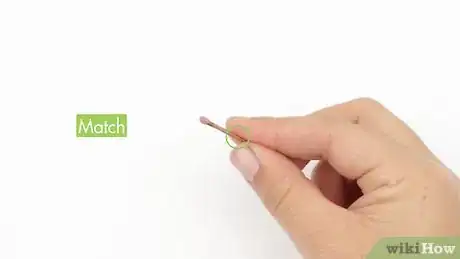
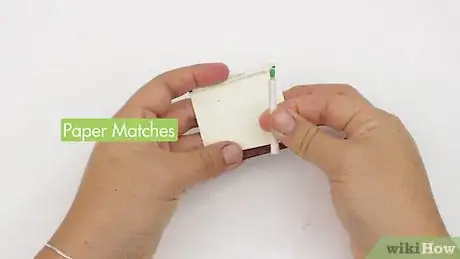
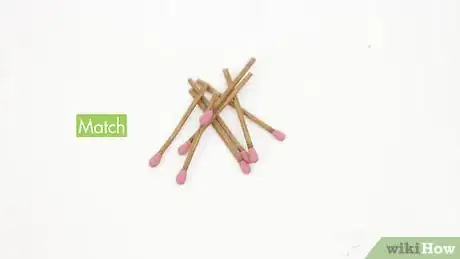
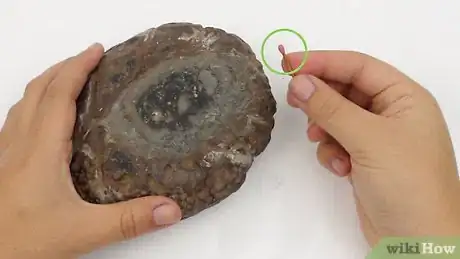
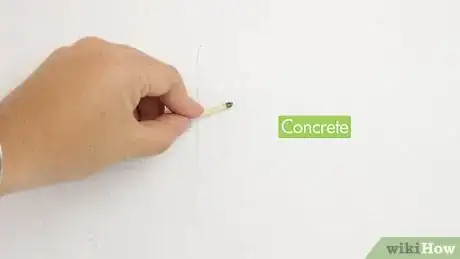

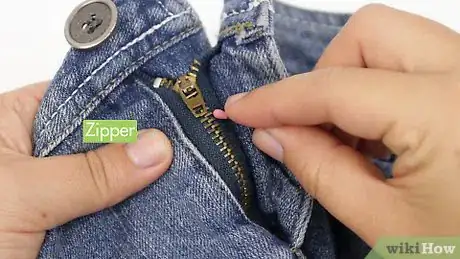
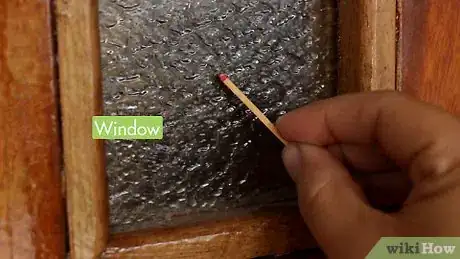
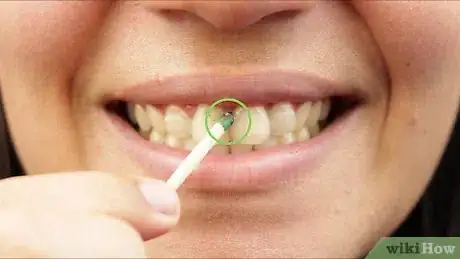
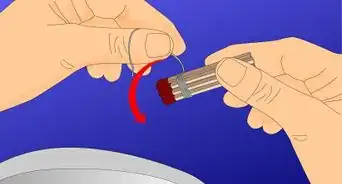

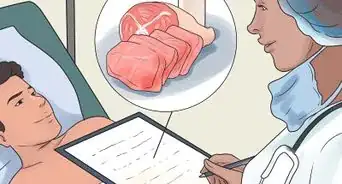
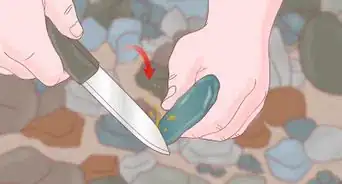
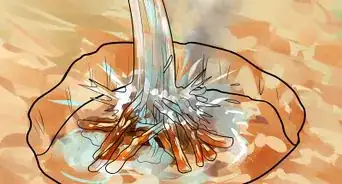


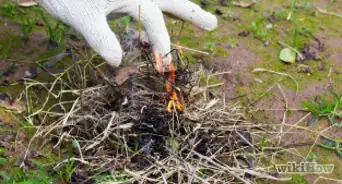

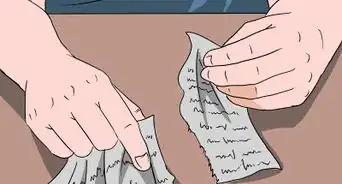
-Step-11-Version-2.webp)
